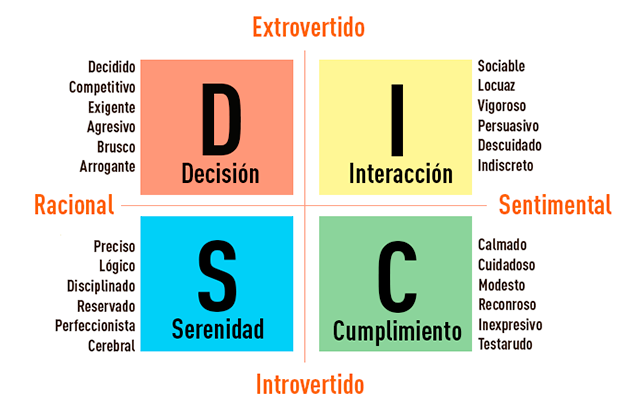
If you need someone to hit the nail on the wall, the guy with a hammer will do the trick. Each tool has its use depending on the occasion, so they are all equally important. The biggest foolish thing is to put the hammer, saw, screwdriver and pliers to perform the task of hitting the nail, charging that everyone performs the action with the same efficiency. The other tools will perform poorly and their owners will feel inferior to the hammer owner. The mistake, in fact, is the one who put different vocations, but equally valuable, to carry out the same activity and demand the same result from them.
This kind of thinking is very common in the job market. The Human Resources Department makes the selection and the worker does not meet expectations during the probation period. “Aaaaah, but he was really bad. He didn't know how to do anything”, there is a common thought, but in fact who could have been bad was the person who selected this individual and put him to perform a function different from his vocation.
Seeking to adapt the functions to those who feel better to perform them, companies have used the DISC methodology to determine the profile of each employee. DISC stands for the initials of each of the four types of profiles: dominance, influence, stability, and compliance. The author of the theory is the psychologist William Moulton Marston and the purpose of the methodology is to examine the behavior of individuals in a given environment.
We all have different degrees of the four profiles within people, according to the theory. Neither is better or worse than the other, but each type ends up being more suitable for a given situation.
A dominance indicates that they are active people in dealing with problems and challenges, tending to be direct, demanding and determined in their goals.
Already influence it is related to individuals who use the power of communication, like to talk and know how to persuade others in a friendly way.
the factor stability it is present in people who seek security and do not like sudden changes. They are usually patient, kind and calm people.
Finally, the conformity it is the appreciation of rules, regulations and structures. They are disciplined, precise and analytical people who seek perfectionism.
You may also like
- Understand why spirituality should be inserted in companies
- Find out which alternative therapy you should practice in the corporate world
- Watch out for 8 tips to get yourself back into the job market during the crisis
A person, for example, with a high level of stability and low dominance tends to be stressed when working in leadership positions. While someone with high dominance and low stability may have difficulty taking orders. Obviously, like everything related to the human mind, it's very relative, not to mention that you can train to dose the profiles inside you for each of the situations. If profiles are tools, metaphorically you are a “Swiss Army Knife”, but that some devices are easier to use than others. Everything is within you, just improve and evolve.

























